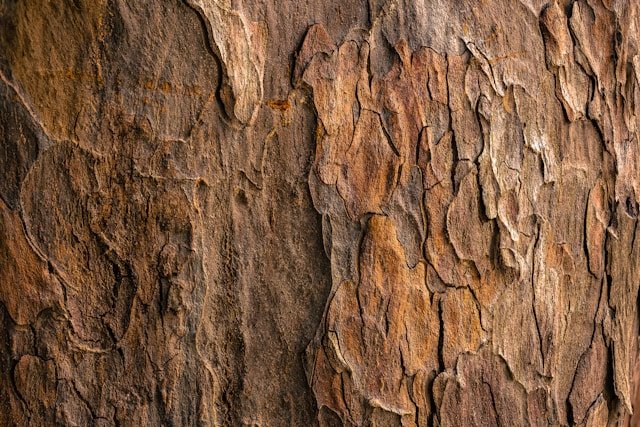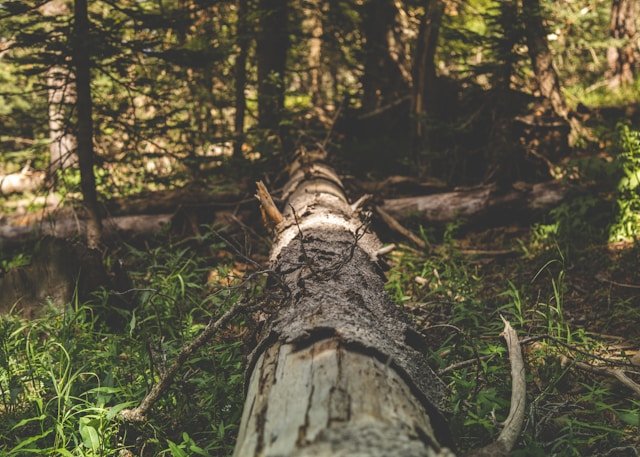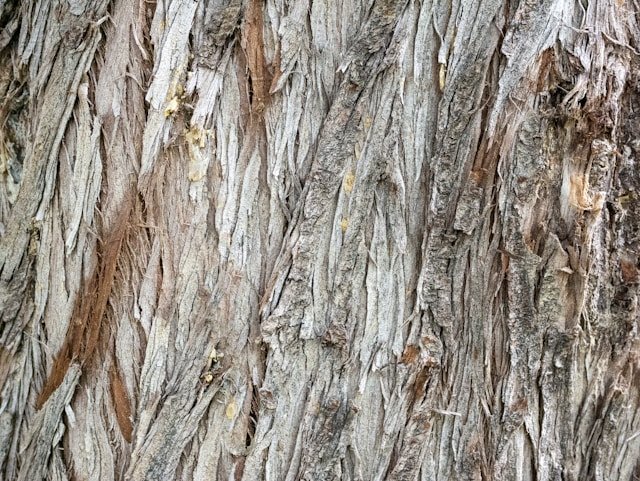






Exploring the Beauty and Functionality of Patterned Bark in Trees
Patterned bark, as seen in trees like the cherry tree, not only adds visual appeal but also plays crucial roles in gas exchange and water regulation. Distinctive patterns such as horizontal lenticels or vertical stripes contribute to the tree's overall aesthetic allure while facilitating essential metabolic processes. Understanding the ecological significance of patterned bark enhances our appreciation for the functional beauty of trees in natural ecosystems.

Flaky Bark: Nature's Defense Against Pests
Flaky bark, found in trees like the sycamore and paperbark maple, acts as a natural defense against pests and pathogens. Its peeling nature deters pests from establishing themselves on the tree's surface, making it difficult for them to gain a foothold. This constantly renewing outer layer helps maintain tree health by removing potential sources of infection or infestation, contributing to the resilience of these tree species in their ecosystems.

The Functional Beauty of Flaky Bark in Trees
Flaky bark, as seen in trees like the sycamore and paperbark maple, plays a crucial role in tree self-maintenance and health. Its characteristic peeling allows trees to shed damaged or diseased outer layers, promoting vitality and protecting against pests. This unique bark type not only adds aesthetic appeal with its interesting textures but also contributes significantly to the resilience and beauty of these tree species.

The Protective Advantages of Rough and Textured Bark in Trees
Rough and textured bark, found in trees like oaks and pines, provides essential protection against environmental stressors such as wind, rain, and temperature fluctuations. Its thick, rugged surface offers insulation, defends against physical damage, and supports biodiversity by creating habitats for various organisms. This durable bark highlights the adaptability and resilience of these tree species, contributing to their survival in diverse conditions.

